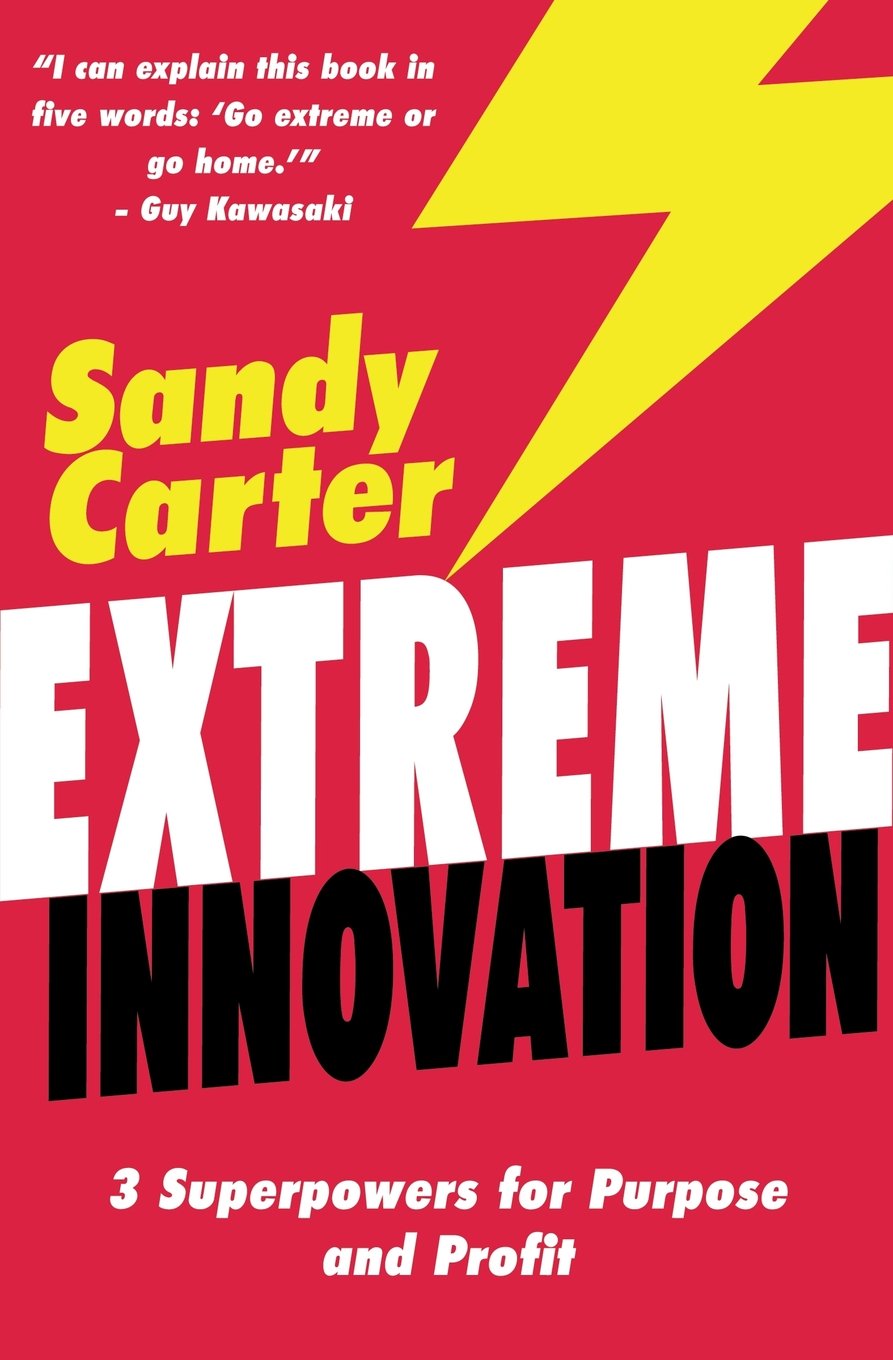07 Nov Maybe Data Isn’t The New Oil
I was invited to speak at a Generation Investment Management event in San Francisco recently. In particular, I was asked to talk about the organizational and leadership challenges in realizing the commercial and sustainability benefits of data science, analytics and artificial intelligence. What follows is a summary of my comments.
Most people have heard that “data is the new oil,” or, according to a T-shirt I saw recently, the new bacon. And we all know there is going to be more and more data. In a discussion with the CEO of Mercedes-Benz Research & Development last week, he talked about how modern automobiles are capable of generating terabytes per day. He thinks it will be cars that speed the deployment of 5G networks, not YouTube.
But if data is the new oil, it’s still just crude oil, and needs refining. Analytics and data science have changed financial services (read The Quants), retail (check out Amazon) and media (log into Facebook, Twitter or Netflix). All of these industries have invested in building analytic applications, but perhaps the best example is Google Search, an analytic application delivered as a cloud service for all consumers. If you look under the hood, there are amazing software and hardware technologies that refine the crude data and deliver useful information in a simple-to-use application.
So while financial services, retail and media have been transformed by data, the rest of the global economy has been unaffected. The World Economic Forum says that two-thirds of the global GDP is power, transportation, agriculture, construction, healthcare, oil, textiles, shrimp farming, food, beverage, chemicals, mines, and water — the planet’s fundamental infrastructure. Data might be the new oil, but it’s had minimal impact on these industries and on the planet.
There are at least three challenges to address.
1. Analytic Application Cloud Services. We need more analytic application cloud services, not more platform technology. Today, building an analytic application requires at least 16 categories of platform technology and over 100 product choices. And while that’s daunting enough, you’ll also need to hire at least four different types of expertise and organize them to build an application for a business worker. While plenty of platforms and cloud services exist to build workflow applications, why would you do that when you can purchase a CRM application cloud service? The industry needs to build analytic application cloud services as it has so successfully done with workflow applications.
2. Leadership. A few years ago, I was asked to speak to the senior executives of General Electric. It was a dinnertime talk so I thought I should come up with a simple topic. I decided to name the talk: “Why is Software Not Hardware?” I started by saying that I don’t know much about building MRI scanners, wind turbines or jet engines, but I do know it’s not the same as building software. The executive leadership and boards of power, agriculture, construction, healthcare, oil, textiles, shrimp farming, food, beverage, chemicals, mines, and water companies need to understand software and realize that it’s not something they hand to the CIO.
3. Policy. I teach a class on cloud computing at Stanford University; it’s listed in the computer science department, but I use it to invite the rest of the campus to learn about technology. I was particularly pleased to see a number of students from the law school over the past several years. Why? Because today, laws and public policy are being set by people who have no clue about technology. Just watch the Facebook hearing and the questions asked of Mark Zuckerberg. If data science, analytics and artificial intelligence transform the planet, we’re also going to need thoughtful and well-advised public policy across the globe.
If data truly is the new oil, it’s going to take technology, leadership and wise public policy to refine it.






